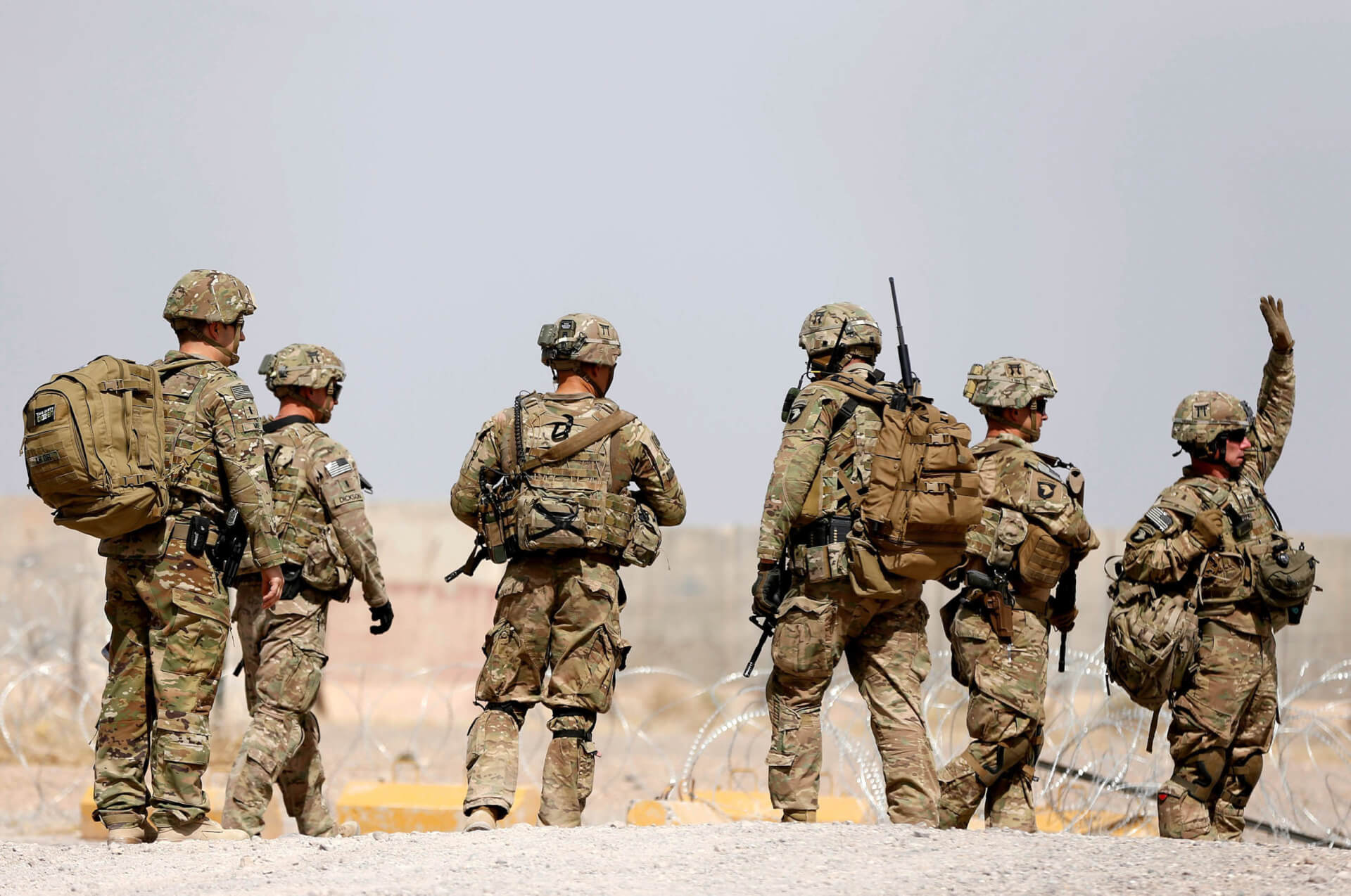An army report, accessed by The Washington Post through the American Freedom of Information Act, provided evidence that the United States (US) officials ignored warnings by the military to prepare for troop withdrawal from Afghanistan. The report further accused the officials, which included several senior White House and State Department staff, of endangering the military personnel’s lives.
The 2000-page report, which included several witness statements, said that despite several warnings, officials failed to recognise the threat posed by the Taliban closing in on Kabul. As a result of this lapse, military leaders were unable to sufficiently prepare for the safe evacuation of American embassy personnel and Afghan allies.
According to Navy Rear Adm. Peter Vasely, a top on-ground US military commander, troops would have been “much better prepared to conduct a more orderly” evacuation operation “if policymakers had paid attention to the indicators of what was happening on the ground.” While refraining from taking specific names, he said that officials were oblivious to the Taliban’s determination to completely take over the country.
The report provided testimonies of several incidents, wherein US troops were put in dangerous situations on a daily basis during the 17-day long evacuation operation. For instance, the critical decisions that troops had to make in the wake of the suicide bombing attack on the Hamid Karzai International Airport as thousands attempted to escape Afghanistan amid the Taliban’s violent takeover. The incident resulted in the death of 170 Afghans and 13 American military personnel.
Vasely added that there were significant differences between military officials and American diplomatic officers in Kabul about when to begin the evacuations. Ross Wilson, who was a former acting US ambassador to Afghanistan, remained largely focussed on maintaining a diplomatic presence to secure American influence in the war-torn country.
Due to these differences, Vasely was advised to provide data proving the Taliban’s rapid take-over “so it could be sold as a collective approach and not a power grab by the [Department of Defence].” Another military official, whose name was redacted in the report, said that the Ambassador did not recognise the threat posed by the Taliban, who had already begun closing in on Kabul.
The report also pointed out how military officials were restricted from sharing fears with their NATO allies. For instance, in mid-July, Marine Corps Brig. General Farrell J. Sullivan had attempted to conduct an evacuation operation. However, he was restricted from staging the operation as he was not allowed to discuss the plan for a full-scale evacuation with any military personnel, except British officials. There was a fear amongst American officials that if other governments followed and staged evacuations, it would result in an even more expedited fall of the West-backed Afghan government. Apparently, true collaborative efforts were only taken from August.
Responding to the Washington Post report, Marine General Kenneth Frank McKenzie said that he was “not surprised” that military personnel had varying opinions on the process of evacuation. However, he added, “What did happen is we came together and executed a plan. There are profound frustrations; commanders, particularly subordinate commanders, they see very clearly the advantages of other courses of action. However, we had a decision, and we had an allocation of forces. You proceed based on that.” While there could have been other plans that the military personnel could have adopted in hindsight, he added that it is critical for the President to make the decision expeditiously and for the military to execute the plan.

“Cherry-picked comments do not reflect the months of work that were well underway, or the whole picture of what the US diplomats undertook to facilitate the evacuation and relocation of US citizens, lawful permanent residents and allies,” State Department Principal Deputy spokesperson Jalina Porter said. She claimed that several allegations in the report were “outright false and shamefully so.”
The US troop withdrawal from Afghanistan was one of President Joe Biden’s presidency’s defining moments. The operation, which concluded on August 31, resulted in the successful evacuation of 124,000 individuals following a security deal with the Taliban. The US also deployed an additional 6,000 troops to support the 600 personnel left behind to conduct the evacuations. While military personnel have been applauded for their heroic service, critics believe that the US withdrawal was hasty and hurried, resulting in hundreds of Americans and Afghan allies being left behind.

